(photo credit: Alan Langford via photopin cc)
Born in Vancouver, BC, Canada.
He is an actor, race car driver and Indy car team owner, best known as the virtuous Brandon Walsh on the television series Beverly Hills, 90210 and for his role starring as Richard "Fitz" Fitzpatrick in the show Call Me Fitz.
Priestley's hobbies include race car driving. On August 11, 2002, he was seriously injured during a practice run at the Kentucky Speedway when his Indy Pro Series car crashed into a wall at nearly 180 miles per hour. After the accident he was initially transferred to University of Kentucky Chandler Medical Center where he was admitted to Trauma ICU in critical condition. After being stabilized he was then transferred to an Indianapolis hospital where he made a quick and full recovery.
Priestley was an owner of the FAZZT Race Team, which is competed full-time in the Indy Car Series in 2010 with Canadian racer Alex Tagliani. The number is 77 and the sponsor was Bowers & Wilkins speakers. In 2011 Sam Schmidt Motorsports bought out the team and welcomed the 77 to the stable. The team qualified on the pole with Alex Tagliani. In October 2011, 2 – Time Indy 500 Champion Dan Wheldon took the wheel starting in Kentucky. At the Las Vegas race, he lost his life in a 15 car melee in turn 2.
Jason Priestly "I’m really just a guy who loves to compete. Before I was old enough to drive a car, I raced sailboats. I have been an athlete my whole life and always had a strong competitive spirit. Driving race cars for me was just what I did. I raced as a professional for 11 years. I had a great career - stood on a lot of podiums and sprayed lots of champagne. I loved every minute I spent in a race car and miss it every day. But not to worry, it is a young man’s sport and I’m not so young anymore."
Born in Vancouver, BC, Canada.
He is an actor, race car driver and Indy car team owner, best known as the virtuous Brandon Walsh on the television series Beverly Hills, 90210 and for his role starring as Richard "Fitz" Fitzpatrick in the show Call Me Fitz.
Priestley's hobbies include race car driving. On August 11, 2002, he was seriously injured during a practice run at the Kentucky Speedway when his Indy Pro Series car crashed into a wall at nearly 180 miles per hour. After the accident he was initially transferred to University of Kentucky Chandler Medical Center where he was admitted to Trauma ICU in critical condition. After being stabilized he was then transferred to an Indianapolis hospital where he made a quick and full recovery.
Priestley was an owner of the FAZZT Race Team, which is competed full-time in the Indy Car Series in 2010 with Canadian racer Alex Tagliani. The number is 77 and the sponsor was Bowers & Wilkins speakers. In 2011 Sam Schmidt Motorsports bought out the team and welcomed the 77 to the stable. The team qualified on the pole with Alex Tagliani. In October 2011, 2 – Time Indy 500 Champion Dan Wheldon took the wheel starting in Kentucky. At the Las Vegas race, he lost his life in a 15 car melee in turn 2.
Jason Priestly "I’m really just a guy who loves to compete. Before I was old enough to drive a car, I raced sailboats. I have been an athlete my whole life and always had a strong competitive spirit. Driving race cars for me was just what I did. I raced as a professional for 11 years. I had a great career - stood on a lot of podiums and sprayed lots of champagne. I loved every minute I spent in a race car and miss it every day. But not to worry, it is a young man’s sport and I’m not so young anymore."



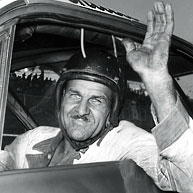








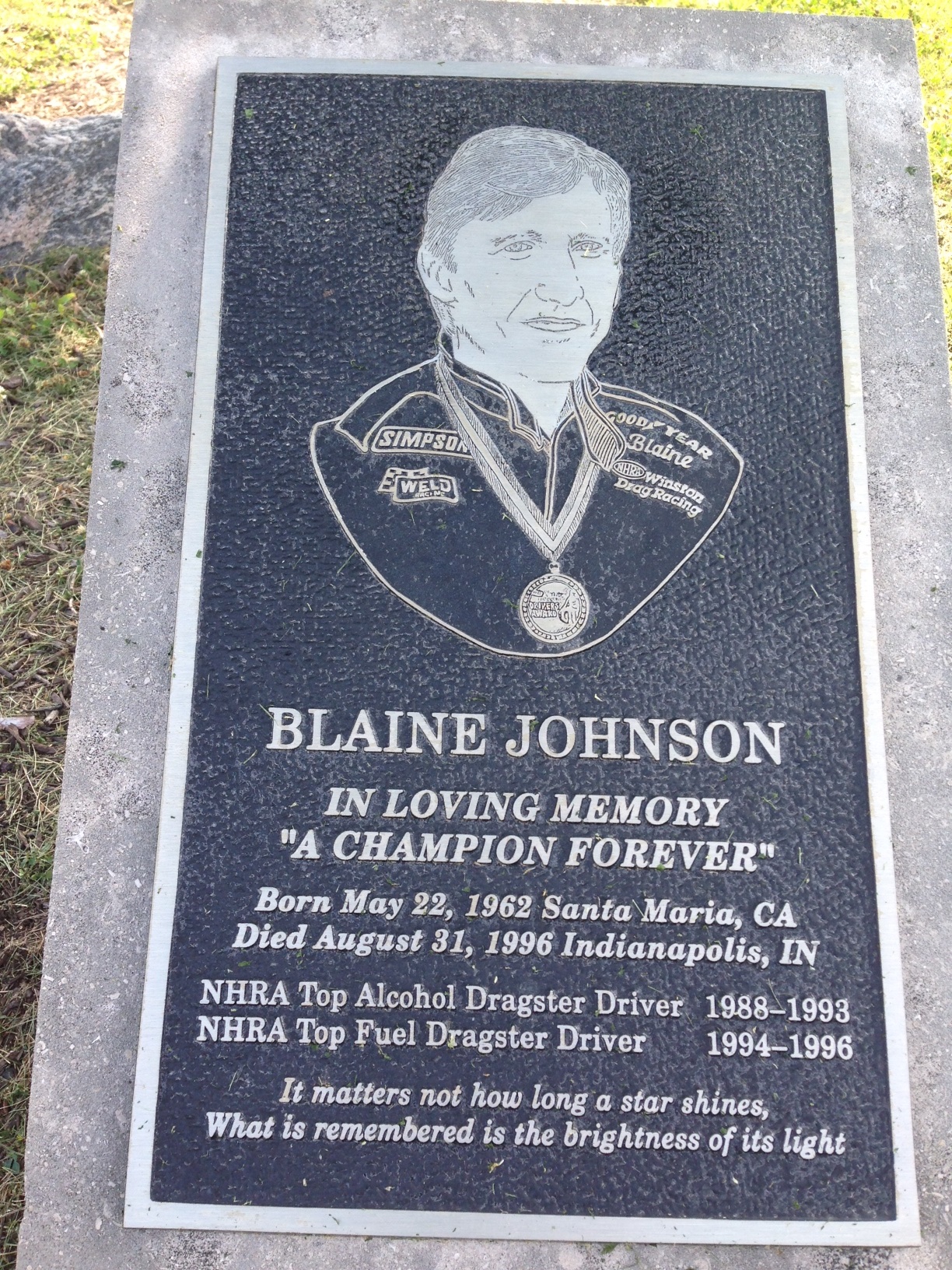


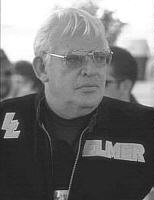

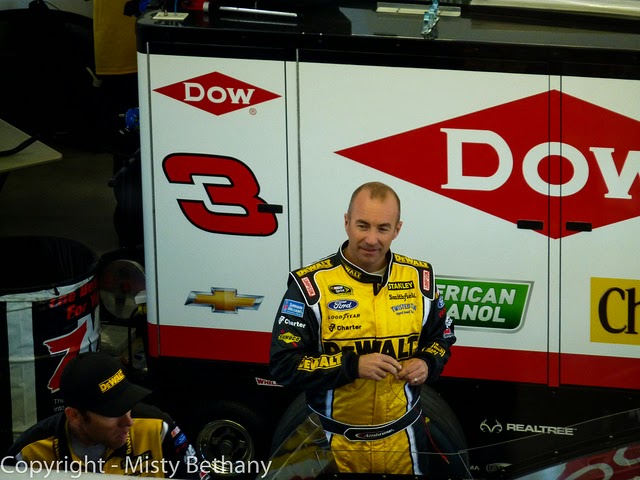




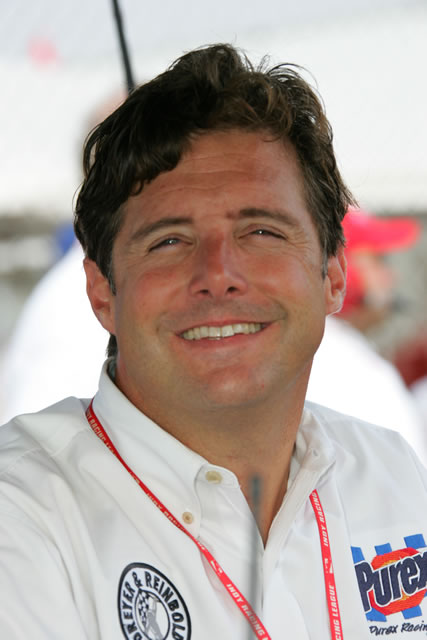
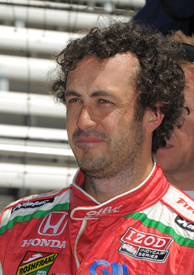

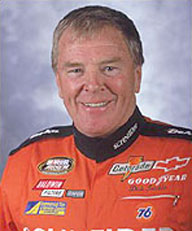





.jpg/640px-Rindt_at_1970_Dutch_Grand_Prix_(2B).jpg)

